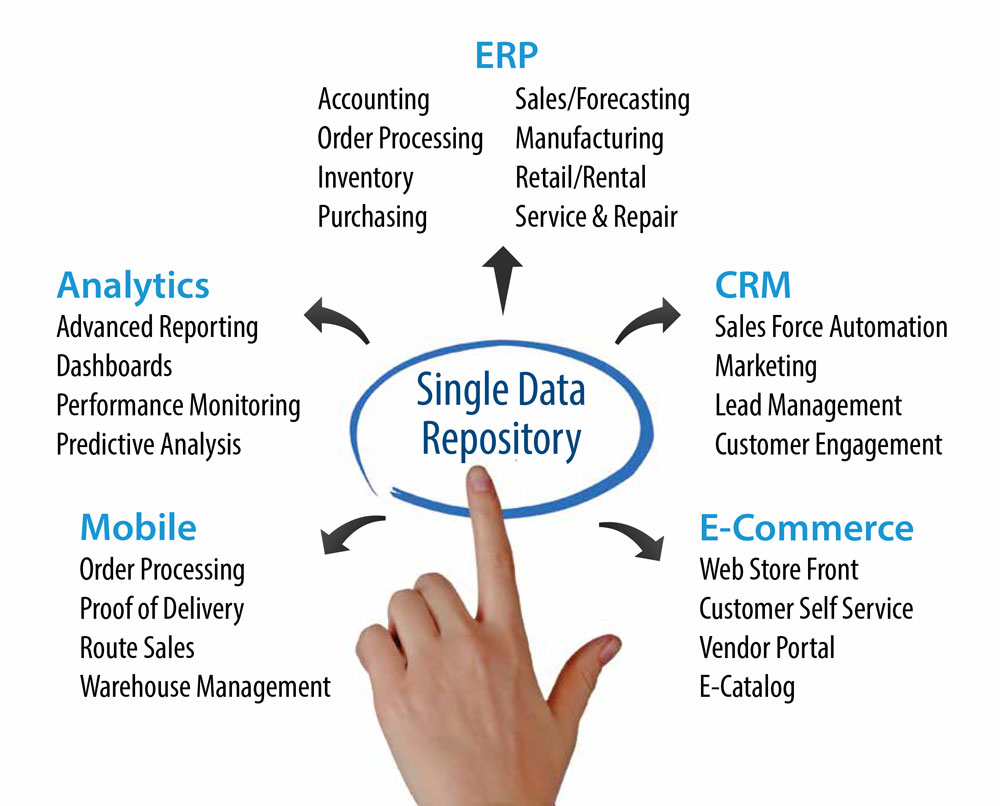Is ERP failing Manufacturers?
Is ERP failing Manufacturers? - Is there a better way to forecast demand? - Is there a better approach? Forecasting is an important component of an ERP solution, but so is finding the right solution. There are many software solutions. Finding an integrated solution with proper support is critical if the implementation is to be successful and return on investment (ROI) is actually returned. Too many times software alone is seen as the solution and not enough buy in from management to budget enough resources to properly train and implement the solution. Technology departments install and integrate the application, then pilot the use. Everything looks promising, then when the Technology department moves on to the next project the last one slowly fades away. Overburdened workers are not motivated enough to use the tools they already have. What just happened to the efficiency you thought you were purchasing? Can you really purchase efficiency? How many times have you been frustrated by receiving a spread sheet report and the data is out of sync or miscalculated? How many decisions did you make based on out-of-date-data? How many decisions were not able to made, because you did not have any information? Forecasting is…

